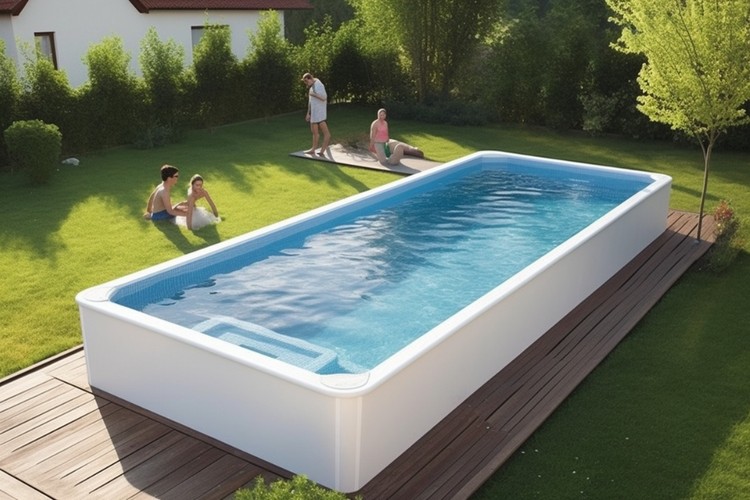Pool Covers: Protect Your Water, Save Time in the Backyard
A quality pool cover does more than keep leaves out of the skimmer — it protects water quality, reduces evaporation, improves safety, and can lower maintenance time for homeowners. Whether you have a compact backyard pool or a larger swimming pool, selecting the right cover affects energy use, chemical needs, and seasonal upkeep. This article breaks down the practical benefits, key types (including automatic pool cover options), installation and maintenance tips, and how to think about compatibility with your landscape and lifestyle.

How does a pool cover save water and energy?
A properly fitted cover dramatically reduces water evaporation from a swimming pool, which is especially important in dry climates or areas with water restrictions. By limiting evaporation you also cut down on the need to top up the pool, and the reduced fresh water replacement helps maintain chemical balance. Covers can also reduce heat loss overnight and during cooler months, preserving water temperature and lowering heating costs for heated pools. Even simple solar covers provide measurable energy and water savings when used consistently.
What types of swimming pool covers are available?
Pool covers come in several main types: solar (bubble) covers, safety covers (mesh or solid), winter covers, and automatic pool cover systems. Solar covers are lightweight and affordable, helping retain heat and reduce evaporation. Safety covers are robust and designed to prevent accidental entry, often required by local codes. Winter covers protect during off-season months. Automatic pool covers combine convenience and safety, operating by motor to roll on or off and fitting neatly into the pool deck or perimeter housing. Each type suits different budgets and priorities.
Why consider an automatic pool cover for convenience and safety?
Automatic pool covers offer fast, reliable closing with minimal effort, and they often meet safety standards for child and pet protection when properly installed. They reduce daily maintenance by blocking debris, keep chemical use more stable, and can integrate with pool automation systems. The trade-offs include higher upfront cost and installation complexity compared with manual covers. For busy households or those who prioritize simple, consistent coverage, an automatic pool cover can be a smart long-term investment that supports both safety and water conservation.
How do pool covers fit into backyard design and usability?
When choosing a cover for your backyard, consider access, aesthetics, and how much time you want to spend maintaining the pool. Some covers (like embedded automatic systems) are nearly invisible when retracted and preserve landscape sightlines. Mesh safety covers can be discreet and compatible with surrounding decking, while solar covers are simple and stored nearby when not in use. Think about how often the pool will be used: frequent swimmers may prefer quick-deploy automatic covers, while seasonal pools may be fine with winter covers. Proper selection keeps the backyard functional and attractive.
What maintenance and lifespan can you expect from different covers?
Lifespan varies by material and use: solar covers typically last 3–7 years with good care; vinyl safety and winter covers can last 5–15 years; automatic cover components may have long service lives but require periodic motor and track maintenance. Regular cleaning, avoiding sharp objects, store and cover care in winter, and prompt repairs to tears or broken straps extend longevity. Inspect fittings and tensioning systems seasonally, and follow manufacturer recommendations for cleaning solutions and storage. Routine attention prevents bigger repairs and prolongs protection for your water and pool structure.
Conclusion
Selecting the right pool cover balances safety, water conservation, maintenance effort, aesthetics, and budget. From simple solar blankets that reduce evaporation to sophisticated automatic pool cover systems that add convenience and safety, there are practical options for virtually every swimming pool and backyard setting. Thoughtful choice and consistent use will protect water quality, reduce chemical consumption, and help your pool remain an enjoyable part of your outdoor living space.






